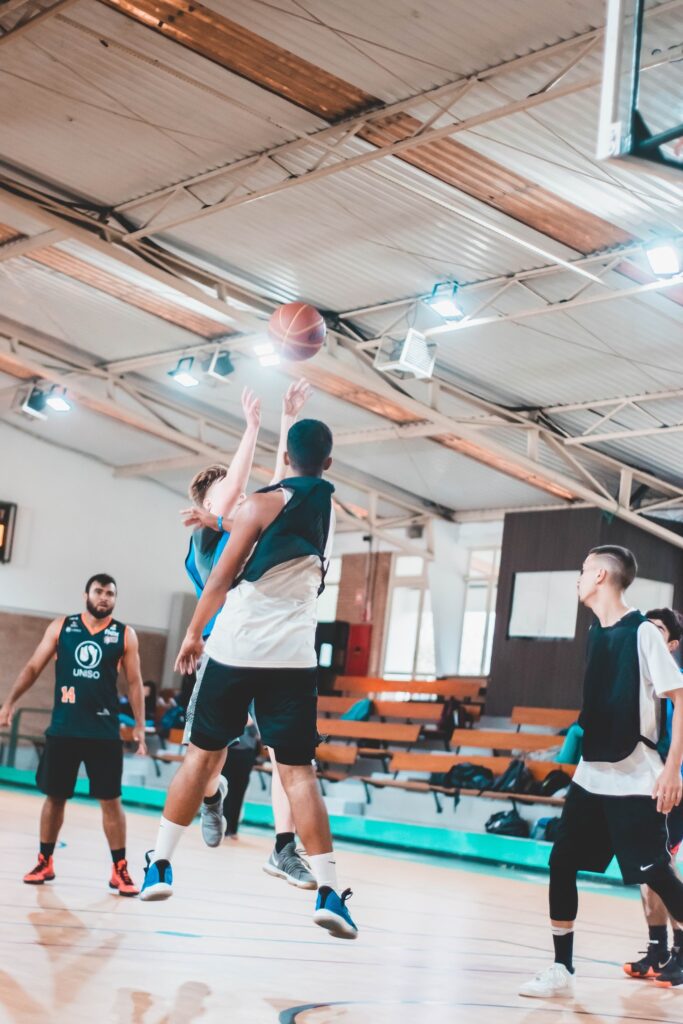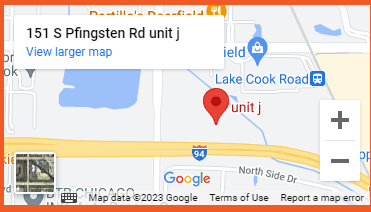Welcome to our guide on internal basketball court maintenance. Whether you’re a homeowner or a recreation center facility manager, ensuring the optimal condition of your court is essential for safety and performance. We’ll walk you through the fundamental steps, from cleaning and maintenance to safety checks and expert assistance. Let’s dive in and make your court a true Home Court Advantage.
Assessing the Condition of Your Court
An important aspect of maintaining indoor basketball courts is a regular and thorough assessment of their condition. Understanding the state of your court is essential to making future maintenance decisions. To effectively inspect your court, start by making a general visual assessment. Look keenly for any signs of damage or tear.
The court flooring requires your special attention. Walk around and look for any bumps, irregularities, or cracks. These can impact your game to a large extent and can even be a health hazard for players. In addition to this, make sure that the markings and court lines are clearly visible and prominent. Faded lines and boundary markings can create confusion and panic during gameplay. Frequent gameplay can lead to the hoops and backboards being damaged. Ensure that they are safely intact for smooth gameplay and enhanced safety for players.
It is important to check that all lighting fixtures are functioning correctly and that there are no dark spots on the court. The court should be lit effectively. Look for potential safety hazards such as loose tiles, slippery spots, or objects that could cause tripping or injury during play.
Why Drainage Is Important
Outdoor residential basketball courts are often exposed to different weather and external conditions. A sports court should be built so these external factors cause minimum damage. Home Court Advantage takes pride in building large sector indoor courts like the ones in the Allan Herbert Wellness Center and the War Memorial Youth Center, Florida. These courts employ state-of-the-art drainage facilities.
Poor drainage systems for your outdoor courts can cause the water to stay on the court’s floor, which causes the water to leak under the floor’s surface via tiny crevices and cracks. This causes the wear and tear of tiles to speed up. You may need to replace the flooring altogether, which is expensive.
Moreover, damage to the court’s look can damage its design and aesthetics. The loss of color, water stains, and irregular floor surfaces make the court look unattractive and even neglected. To make matters worse, substances like mold and mildew can grow in these conditions.
Drainage Solutions
Here are different types of drainage solutions that you can adopt:
- Natural sloping: A common way to ensure drainage is to shape the slope of the ground in a way that causes water to exit the area naturally. This type of method can work best if you have a small playing area, like in the case of a backyard court.
- Permeable floor surface: The court floor can be made from a material that causes the excess water to be absorbed inside the floor. This helps to prevent water from forming puddles and staying on the floor surface.
- French drains: French drains are made up of trenches that contain gravel and a series of complex pipe systems. The water accumulating on the floor’s surface flows into a designated drain towards the gravel trenches, preventing waterlogging in basketball courts.
- Channel drains: Channel drains are an effective drainage solution for regions that experience frequent and heavy rainfall. It directs the water flow away from the court surface and onto the edges, where drains guide the water to other sources.
Proper Flooring Care and Cleaning Techniques
Here are some cleaning techniques that you can adopt to ensure that your indoor basketball playing area is in top condition:
- Regular sweeping: Regularly sweeping using a soft-bristle broom or a dust mop can help remove dust and debris accumulated on the court’s surface. You should do this before each game or practice session.
- Mild cleaning solutions: When it comes to cleaning, opt for mild, pH-balanced cleaning solutions specifically designed for sports floors. Abrasive chemicals can corrode the protective layer and damage certain materials like wood.
- Damp mopping: You can use a damp mopping cloth to scrub out dirt or spills periodically. Be careful not to use excessive moisture as it can cause damage in the case of a wooden floor, making it warp.
- Addressing spills: Use a soft, moist cloth to wipe out any stains caused by spillage. Do not scrub harshly and abrasively, as it can damage the surface.
- Floor waxing: Use appropriate floor wax and apply it on the floor surface periodically. Make sure you use the correct type of wax depending on your floor material, and follow the guidelines from the manufacturer or the court installation company.
- Protective coverings: If the court area is being used for multiple uses simultaneously, consider covering the surface when it is not in use to protect it from damage caused by pointy shoes, heavy equipment, or other threats.
Inspecting and Maintaining Court Lines and Markings
Regular inspection and maintenance of the markings and boundary lines are essential to ensuring accuracy and safety. Ensure that the free-throw line, three-point arc, center circle, and any other essential markings are clearly and prominently visible to the players. They should be carefully measured according to basketball rules and regulations. Inaccurately marked lines can impact the overall quality and safety of the game.
Faded or worn-out lines should be corrected using high-quality marking paint or tape markers designed especially for sports use. If a tape is used, you will likely need to replace it periodically, as it can get damaged after frequent play. It is best to manage them by keeping a tight maintenance schedule. This schedule should include regular touch-ups and repainting as needed, especially in high-traffic areas. One way to efficiently manage this is by documenting the clean-up schedules. This documentation will help you plan future maintenance tasks and ensure the court complies with regulations.
Hoop and Backboard Maintenance
The basketball hoop and backboard are an integral part of your court. Timely intervention and maintenance ensure not only the players’ safety but also the materials’ longevity and durability. Pay special attention to the rim, net, and backboard during periodic maintenance inspections.
Take notice of any loose nuts, bolts, and screws. Rigorous gameplay and excessive vibrations may cause them to become loose over time. Tightening of the hardware leads to stability and safety. If you have a metal hoop, take steps to protect it from rusting. Use a wire brush to remove rust spots, and consider applying rust-resistant paint or sealant to prevent further corrosion. Equally important is the care for the net and the backboard. Replace any faulty parts to prevent further damage to the court and the players.
Conclusion
Maintaining an indoor basketball court is about preserving its appearance and ensuring a safe and enjoyable playing experience for all. For those seeking professional assistance or specialized care, remember that Home Court Advantage is here to support you every step of the way. Explore our service page to learn how we can help you keep your court in the best condition.

Nate Parsons is the owner of Home Court Advantage, a leading manufacturer and supplier of premium residential and commercial athletic courts based in Northern Illinois. With a strong background in therapeutic recreation and business from York College, Nate has excelled in the sports industry, from college tennis to national rankings in platform tennis. He has served as the Director of Racquet Sports at Glen View Club, President of the Professional Platform Tennis Association, and as a teaching professional in tennis, pickleball, and platform tennis. Nate is also the founder of Pickleball AI, a platform for tracking players and points, and Club Dink, a pickleball brand that brings fun to the game.











